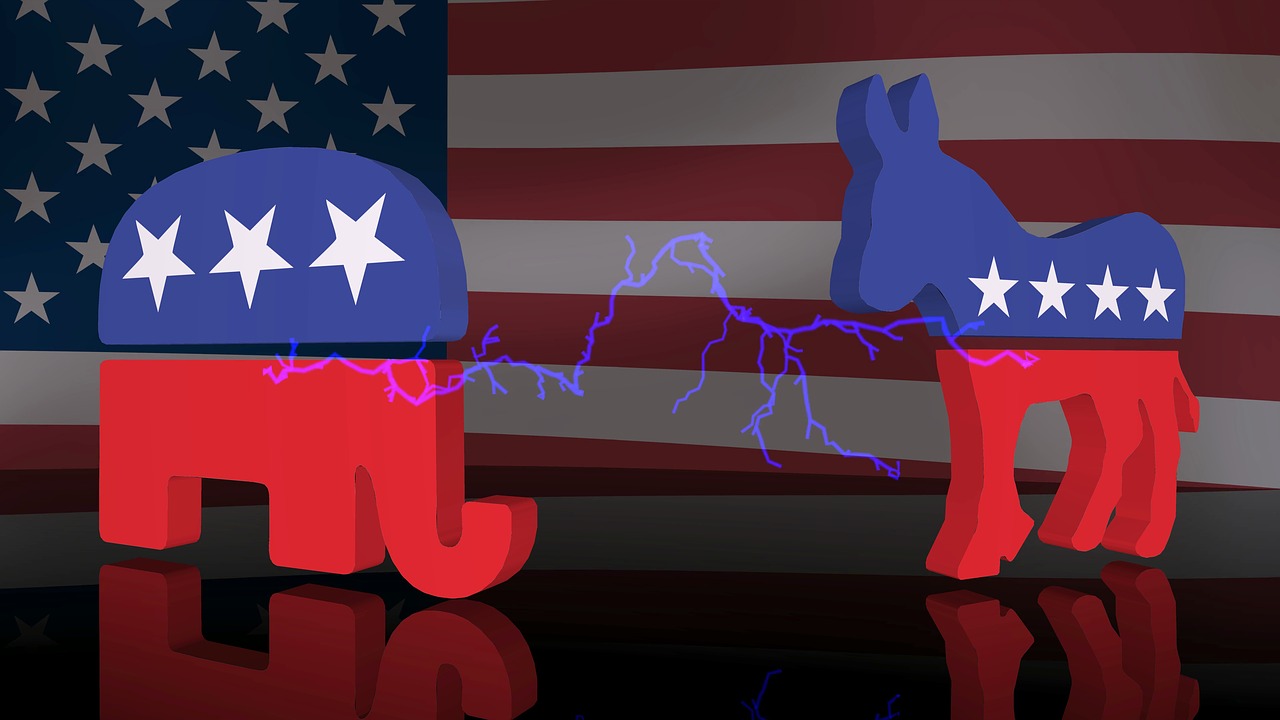
America’s political polarization makes teaching civics feel like navigating a minefield these days. Wary of upsetting parents or students, instructors may be looking more toward the elections of the 19th century than those of the 21st.
While historical events are essential to students’ understanding of modern governance, it is equally important that civics or history teachers embrace modern politics in their classrooms. But how do we do that in such polarized times? Start by keeping these points in mind:
Reinforce the importance of civics education
In a 2011 article for the American Bar Association Review, author Mark Hansen explained that people in the 18-25 age range have significantly lower rates of political participation than their parents or grandparents. And they have large gaps in content knowledge surrounding civics.
While the Nation’s Report Card shows an increase in civics understanding since its assessments began in 1998, it shows no positive change since its 2010 assessment. Currently, only about 23 percent of students show basic proficiency in civics and government education. This means significant numbers of students leave high schools unprepared to navigate the complex political space of adulthood.
Use modern examples to bring history to life
While historical examples can help teach students civics, it’s much more important to use immediate current, and even local, political issues to help students apply their learning about government to their own lives. Giving students real-world examples and problems in a civics arena can help attach meaning to the concepts they are learning.
Still, this might lead to potential landmines: Students disagree on politics because the modern political environment is so divisive, while instructors fear student conflict, parental involvement or even district censorship. Arguments can shut down classes and inhibit learning, while popular political positions can marginalize students who hold unpopular views.
No matter how “like-minded” a school’s student body may seem, civics instructors must work hard to address polarization and account for opposing views.
Encourage ‘political friendship’
The Southern Poverty Law Center started an education group called Teaching Tolerance to deal with the challenge that “like-mindedness” can lead to isolation that breeds close-mindedness. Like-minded thinking also erodes what SPLC calls “political friendship” — a sincere belief that those who hold different beliefs are still basically good.
What to do, then? Consider using modern civics stories and encouraging students to practice radical empathy, which gets to the heart of differences of opinion while working against judging people as good or bad. As students learn the values and principles that drive different populations, they can increasingly differentiate people from ideas.
Build argumentation skills
This does not come without effort. As Spiderman and Voltaire taught us, with great power comes great responsibility. In their piece “Teaching Civics in a Time of Partisan Polarization,” Peter Levine and Kei Kawashima-Ginsberg understand that instructors must be “even-handed, sensitive to the diverse backgrounds of their students, well informed and prepared.”
They encourage educators to help guide students through these polarized discussions by preparing them with good argumentation skills, using evidence and rhetorical awareness. Teaching students about confirmation bias and the basic requirements of argument can help them intellectualize what might be solely an emotional issue for them.
Before difficult discussions, I often tell my students, “You are safe, but your arguments are not.” This helps show students that one of the jobs of academic discourse is questioning and challenging our assumptions as much as we challenge those we disagree with.
Teaching Tolerance recommends that historical trends and the development of modern ideologies be folded into discussions about modern topics. Directly addressing the roots of polarization can help students contextualize the polarization of current events and examine how historical trends relate to what’s happening now.
Support civic participation
These sorts of discussions aren’t limited to a civics or social studies classroom either. As students see civic-minded problems and queries in their other courses, from science to math to music or arts, they can begin to recognize the importance of civic participation and how it may directly affect their schools, teachers or classmates.
While wading into discussions of modern politics can be scary territory, instructors should recognize that doing so carefully and with deep respect for the beliefs and capabilities of their students can pay off in their future participation in democracy. Along the way, this work can help enhance political friendship and create collaborators instead of name-callers.
Monica Fuglei is a graduate of the University of Nebraska in Omaha and a current faculty member of Arapahoe Community College in Colorado, where she teaches composition and creative writing.
Categorized as: Tips for Teachers and Classroom Resources
Tagged as: Mid-Career Teacher, New Teacher, Professional Development
